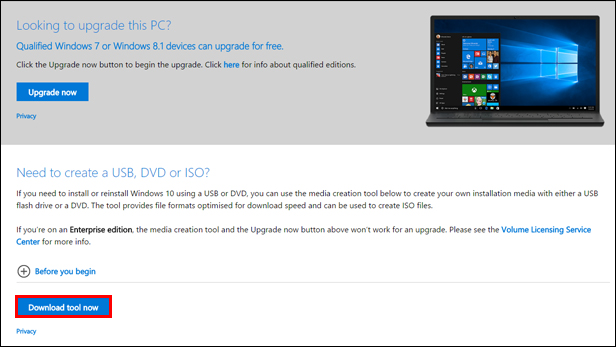How to perform a clean installation of Windows 10
If you’re eligible for the Windows 10 upgrade but want to perform a clean install, you won’t get far without a product key. We explain what you need to do.
-
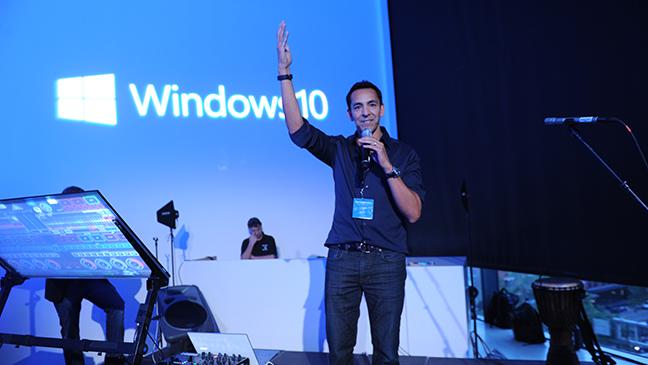
The Windows 10 upgrade process has caused problems for some people. Upgrading from one version of Windows to another is rarely a great idea. Files left behind by the previous operation system often cause problems, as can changes made to those files by other applications.
That’s why the usual advice for installing a new version of Windows is to perform a ‘clean’ install. Reformatting your hard drive before you install Windows gives a ‘factory fresh’ PC — you just need to reinstall your applications and copy back your documents to get you up and running again.
There’s a big problem when doing this with Windows 10, though. First, anyone upgrading from Windows 7 or 8 won’t have a Windows 10 install disc — the upgrade comes via a download. Second, the Windows 10 upgrade doesn’t provide a product key, so there’s no way to activate it after a clean install. Fortunately, there is a way around this.
Where’s my Windows 10 product key?
As long as you qualify for the free Windows 10 upgrade, it should activate automatically once you’ve installed the upgrade. A product key will then be generated for your PC and stored by Microsoft.
You won’t see this product key, but it’s tied to your PC hardware. So once your upgrade version of Windows 10 is installed and activated, you can wipe your PC and reinstall the operating system from scratch. Since the hardware hasn’t changed since the last activation, Windows 10 should then activate successfully again.
Before you start!
Back up any documents on the drive you’re going to be using for Windows 10 (usually the C: drive) before attempting this. Also make sure you have any necessary serial numbers for applications you need to reinstall afterwards.
It’s also worth downloading any drivers you may need for Windows 10 before you begin. This is very important for your PC’s network or wi-fi adapter, which may not work with Windows 10’s own driver after a clean install.
1. Upgrade to Windows 10
You can’t perform a clean installation of Windows 10 until you’ve performed an upgrade installation and activated the operating system. This done, confirm that Windows 10 has been activated by going to Start > Settings > Update & security > Activation.
Look in the right of the window and you should see Activation: Windows is activated. If you don’t see this, you must not proceed and you’ll need to wait until Windows 10 activates.
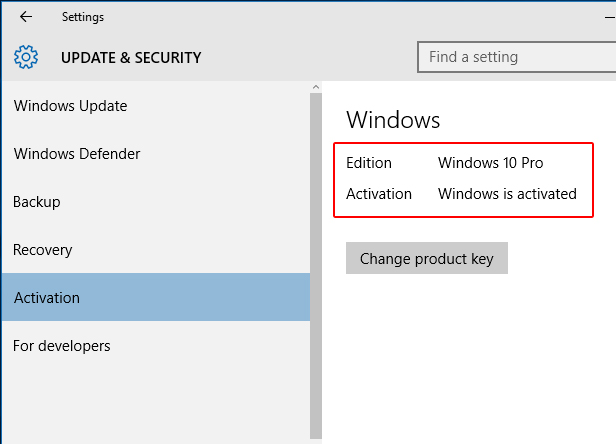
2. Confirm your version of Windows
You’ll also need to know which version of Windows 10 you’re using so that you can download the same version. You’ll see the edition of Window 10 you have in the window opened in Step 1 — Windows 10 Pro, in our example.
Next, search ‘System’ and choose the first option to see whether you’re using the 32-bit or 64-bit version of Windows.
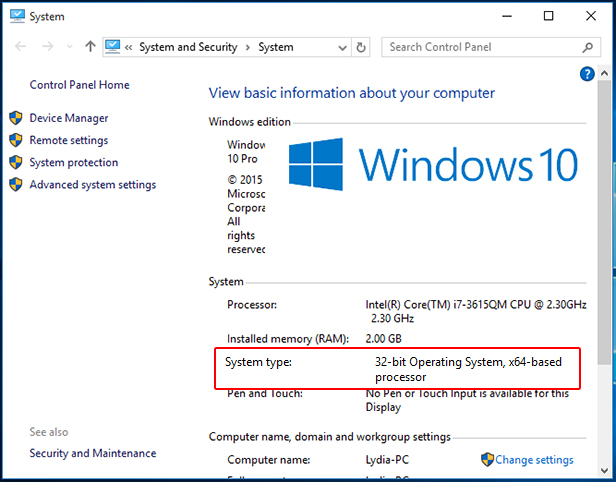
3. Download the Windows 10 Media Creation Tool
The Windows 10 download is around 2.5GB and will need to be copied to a blank DVD or a USB flash drive for the installation, so make sure you have something suitable to hand for this.
Go to www.microsoft.com/en-gb/software-download/windows10 and click Download tool now.
This just downloads a small setup tool that will download the required Windows 10 setup files later.
4. Run the Windows 10 Media Creation Tool
When the download has finished, plug in your USB flash drive or insert a blank DVD in your PC’s DVD drive. Find the downloaded MediaCreationTool.exe file in your Downloads folder and double-click it to run it.
When the Windows 10 Setup window appears, select the Create installation media for another PC option and click the Next button.
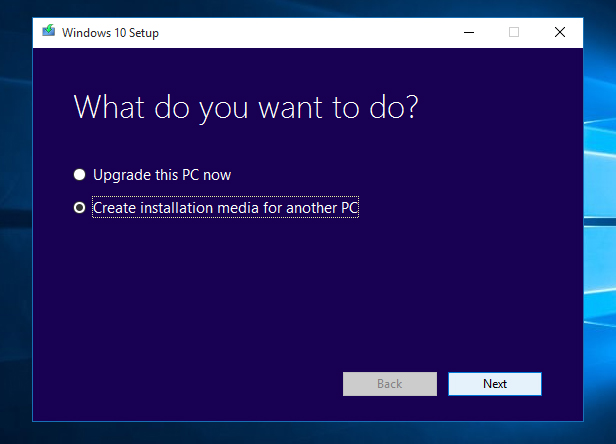
5. Choose your Windows 10 version
On the next screen, choose the Language, Edition and Architecture (32-bit or 64-bit) to match your current version of Windows 10. Don’t select one of the N editions — these lack Windows Media Player. Click Next to continue.
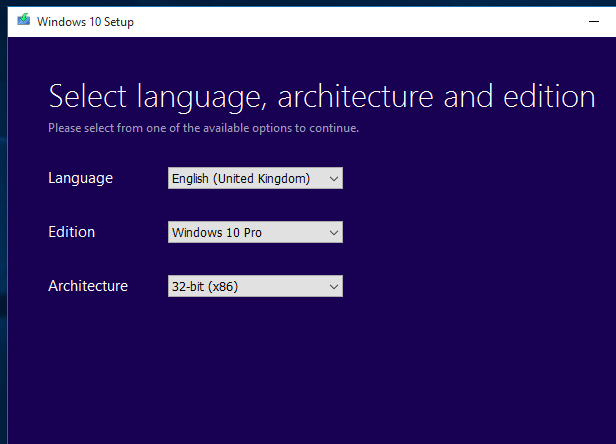
6. Choose a storage device and start the download
Select the device you’re going to use for the Windows 10 installation — USB flash drive or an ISO file for burning to DVD. Click Next.
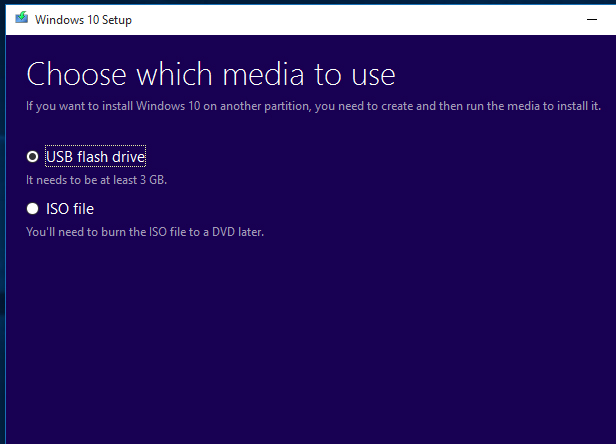
Select the USB flash drive, or a folder on your PC, to store the Windows 10 setup files. Click Next and the 4GB download will begin.
If you created a DVD ISO file, you’ll now need to burn the file to a DVD before you can use it to boot your PC. Else you can boot using the USB flash drive.
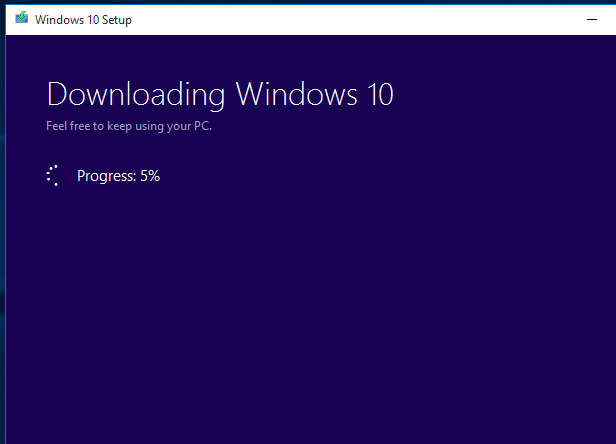
7. Begin the Windows 10 installation
After you boot your PC using the Windows 10 DVD or USB flash drive, choose the Install now option and then Skip the request for a product key to activate Windows. As long as you’ve already upgraded this PC to Windows 10, you won’t need a product key.
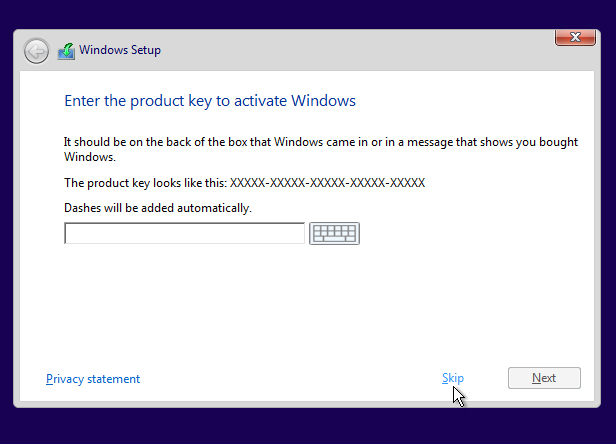
8. Perform a custom install
When prompted, choose the Custom: Install Windows only (advanced) option. This will erase everything on your existing Windows 10 drive (usually C:), so be sure you’ve backed up everything you want to keep before going any further.
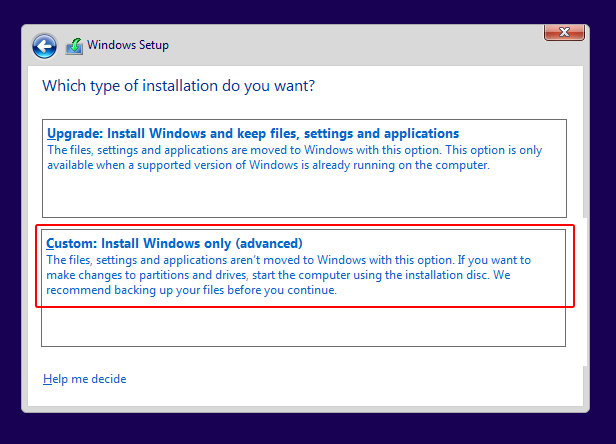
9. Choose where to install
Select the hard drive partition you want to install Windows 10 on. This should already be labelled as Windows 7, 8 or 10, but it should also be the largest partition in the list. If you’re not sure which partition to use, seek help before going any further.
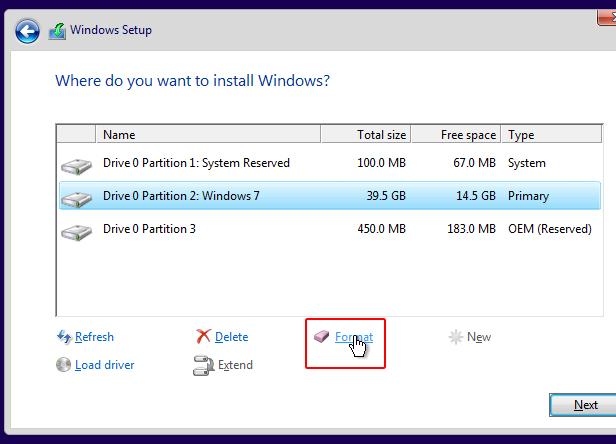
If you’re happy to continue, click the Format option and click OK on the warning dialog box that appears. When the drive format is complete, click Next.
10. Complete the set up
The Windows 10 installation will now start. When it’s almost complete, you’ll be asked for a product key again, so click the Do this later option at the bottom of the screen and finish the rest of the set up.
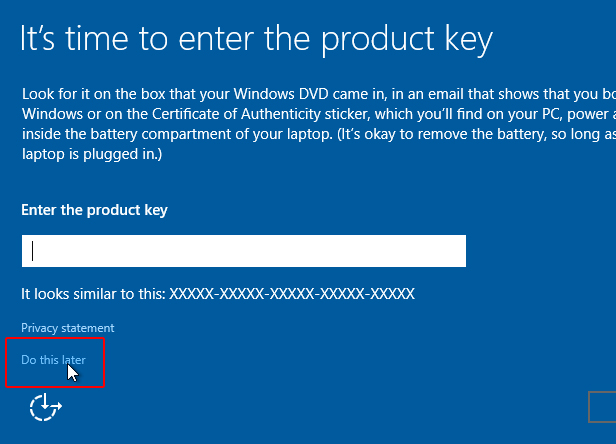
11. Confirm that Windows 10 has activated
Once Windows 10 is installed, repeat Step 1 to check that it has been activated — you may need to click the Activate button. You may also need to install the necessary drivers for your PC’s network or Wi-Fi adapter first, since activation requires internet access.
If activation won’t complete successfully, you’ll need to contact Microsoft, explain what’s happened and ask for an activation code. This is inconvenient, but should be straightforward as long as your previous Windows 10 installation was activated.
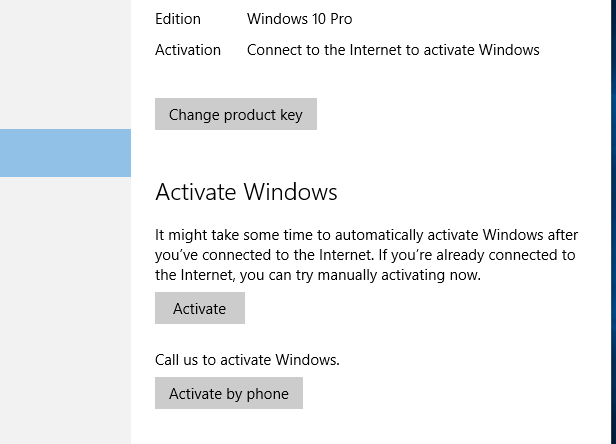
Stay safe online with our broadband extras: Protect your computer from viruses and keep your files and photos safe
